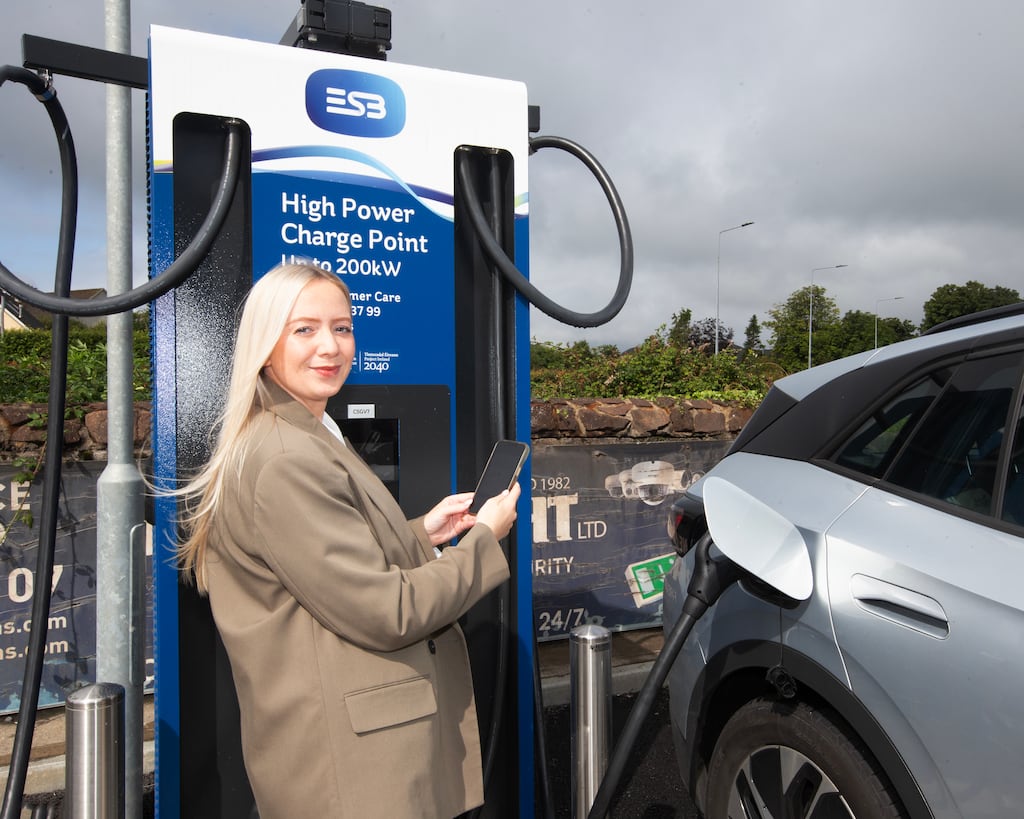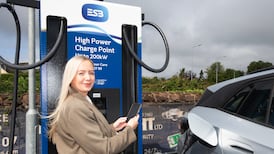On October 2nd this year the Minister for Transport, Darragh O’Brien, announced that Ireland had already met its Climate Action Plan target of 195,000 electric vehicles on the road by the end of 2025, a key milestone in the nation’s transition to cleaner transport.
A figure that, back in 2010 when ESB started to roll out the first public charging infrastructure across Ireland to support the introduction of electric vehicles, seemed almost impossible.
But 2025 has seen a huge surge in EV sales again, with registrations year to date up 3.7 per cent (121,693) on the same period last year (117,355).
As Ireland’s largest EV charge point operator (CPO), ESB builds, owns and operates a growing network of over 1,600 charge points across the island of Ireland. And that network has expanded rapidly over the past six years, thanks to a joint investment programme between ESB and the Government.
READ MORE
“The Climate Action Fund was established by the Irish Government in 2018 to provide support for projects that contribute to the achievement of Ireland’s climate and energy targets. ESB made the business decision at the time to apply for funding that would allow us to deliver an ambitious programme of network expansion and also significantly enhance the existing EV charging network,” says Niamh Nicell, project manager in the ecars infrastructure delivery team, ESB.
Nicell says that successful project delivery required ongoing engagement with the relevant Government departments, site owners, ESB Networks and project contractors: “Delivering this programme has been a huge undertaking over the past seven years. Every potential site is put through a rigorous acquisition process before the delivery team can even start the planning, design and install of the new chargers.”
Since the start of the project, 55 new charging hubs have been built across the island of Ireland, each capable of charging between three and eight vehicles simultaneously. In addition, 100 standard AC (22 kW) charge points were upgraded to fast DC chargers (50 kW-100 kW), which means customers can now charge at higher speeds, making charging more efficient and convenient. Plus, almost 500 existing AC charge points were replaced with newer and better technology, making them more reliable.
Nicell said the project has significantly improved the speed and reliability of the ESB public EV charging network across the country.
“Listening to our customers and what they want from a charging hub has been key throughout the delivery of this project, and we know that building confidence in the speed of charging on longer journeys is a real enabler of EV uptake. Our new high power chargers can deliver up to 220km of range in as little as 10 minutes.”
Nicell celebrated the completion of the project with the launch of a new high power charging hub at Airside Retail Park, in Swords, Co Dublin at the end of August.
She believes that the project, which was funded with €10 million of the Climate Action Fund (CAF) and an additional €13 million investment by ESB, has completely regenerated the landscape of the Irish EV charging network.
“We have seen a big improvement in the uptime of the network – which now stands at 99 per cent – and, as EV drivers know, the rollout of high-power charging hubs has made EV charging faster and more reliable. We have also seen through our customer research that customers have noticed a difference – 86 per cent believed the reliability of the network had improved before the programme even completed.”
While this project has now been concluded, ESB doesn’t plan to stop there. Nicell added, “Our focus now moves to the continued rollout of high power hubs across the island of Ireland and supporting EV drivers on their electric journey.”
To find out more visit esb.ie/ecars.














